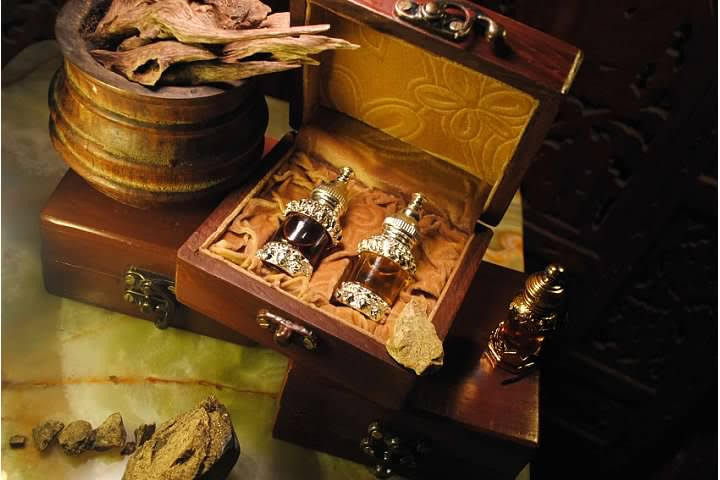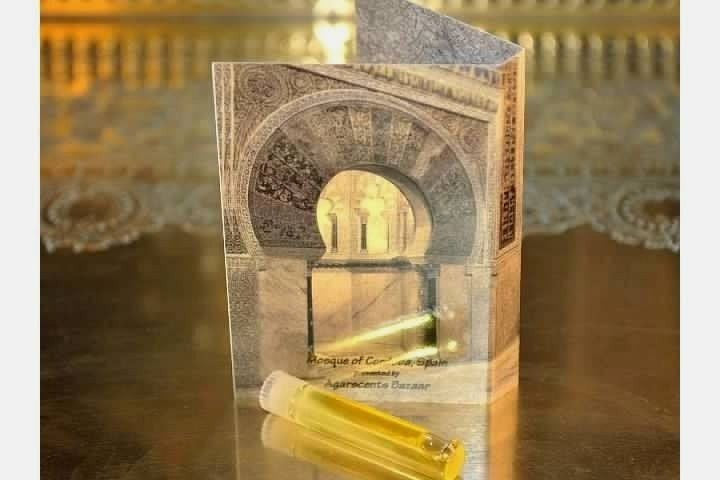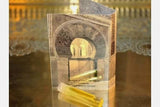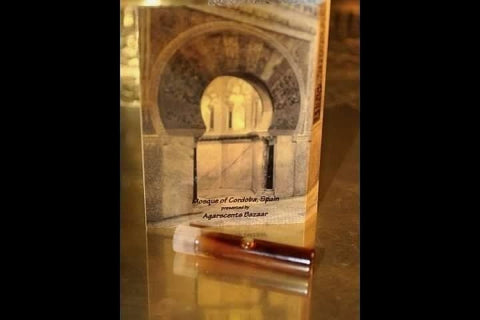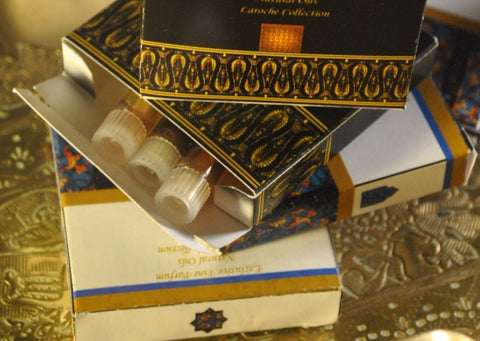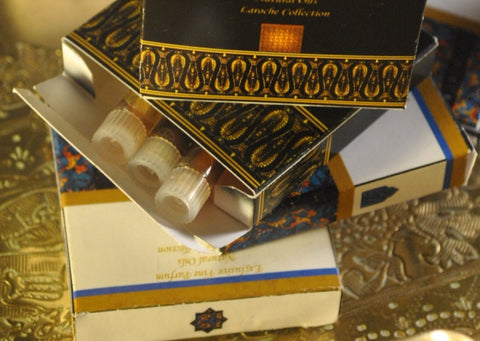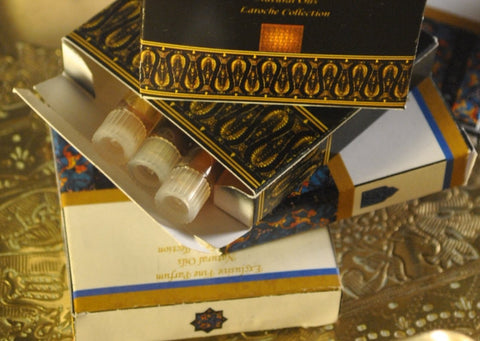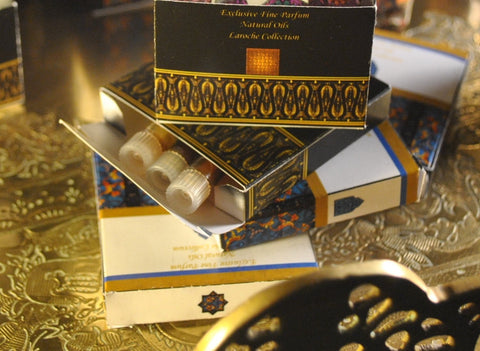Fine Ambergris White infused with one of the most favoured and expensive roses - "Rose Taifi" from Taif in Saudi Arabia. This precious floral scent, cherished by men and women alike in the Gulf, lends itself beautifully to the oceanic, musk-like freshness of true Ambergris enhancing the composition with its tenacious crispness and mesmerizing aroma. Ambergris Taifi Rose is a unique Parfum, a most enchanting addition to a Connoisseur's perfume collection of Oudhs, Musks and Mukhallats.
¿DE DÓNDE VIENE EL ROSE TAIFI?
El 'Ward Al-Taifi', Taif Rose, es una de las rosas más famosas del mundo. Originalmente de origen indio, la leyenda dice que la Rosa Damascena Trigintipetala (flores de pétalos 30) emigró a las plantaciones de rosas de Persia, y más tarde se encontró cultivada en Taif en el siglo XNXX.
The very intense and distinct fragrance of ‘Ward Al-Taifi’ was given the name ‘Itr-i-Jahangiri’ by the mother-in-law of the fourth Mughal Emperor Jahangir. When Asmat Begum, credited with the discovery of "attar”, was making rosewater, she was amazed by the strong scent of the scum that formed over the rose petals. The Emperor was so overjoyed with this intense rose fragrance, that she named it in his honour.
It takes thousands of kilos of rose petals to make 1 kilo of Rose Taifi oil, and the precious petals have to be collected in the early morning before the sun rises, or the delicate rose essential oil will evaporate in the blooms. More than two centuries ago, the rose petals were packed, sealed and transported on camels 65 kilometres to Mecca, where the rose oil was distilled. Soon after though, distilleries were established in Taif, which made rose oil production more time efficient, and less costly and made Ward Al-Taifi famous throughout the Arabian World.
¿QUÉ CHORRA AMBERGRIS COMO
Ambergris has an unusual odor which is difficult to explain to anyone who has never had the pleasure of its sensual aroma. Ambergris is often described as being musky and having a sweet earthy aroma unlike any other, or a mossy fragrance reminiscent of the damp forest floor. Depending on the quality of the ambergris there can be a great variation in the fragrance. Poor quality or fresh ambergris (which is black and sticky) is fairly offensive in fragrance. If you can imagine scented cow dung you will be on the right track. Many people expect ambergris to have a very strong or foul odor, but this is not the case. In general, lighter-coloured pieces of ambergris have a subtle, pleasant smell. The base animal (manure) odour fades as the ambergris cures. However, the white and grey varieties, in particular, possess the subtle, sweet addictive aroma that beach combing dreams are made of.
PARA QUÉ SE UTILIZA AMBERGRIS
El ámbar gris se ha utilizado ampliamente histórica y culturalmente desde la antigüedad. Los egipcios de ayer quemaban ámbar gris como incienso, mientras que en el Egipto moderno el ámbar gris se utiliza para perfumar cigarrillos. Los antiguos chinos llamaban al ámbar gris "fragancia de saliva de dragón". Durante la Edad Media, los europeos utilizaban el ámbar gris como medicamento para los dolores de cabeza, los resfriados, la epilepsia y otras dolencias. En la época de la Peste Negra en Europa, la gente creía que llevar una bola de ámbar gris podría ayudar a prevenir la peste. Esto se debía a que la fragancia cubría el olor del aire, lo que se creía que era la causa de la plaga. El ámbar gris en diferentes formas también se ha utilizado como aromatizante de alimentos, y algunas personas lo consideran afrodisíaco, por lo que es uno de los ingredientes principales de la perfumería moderna.
